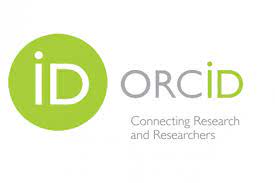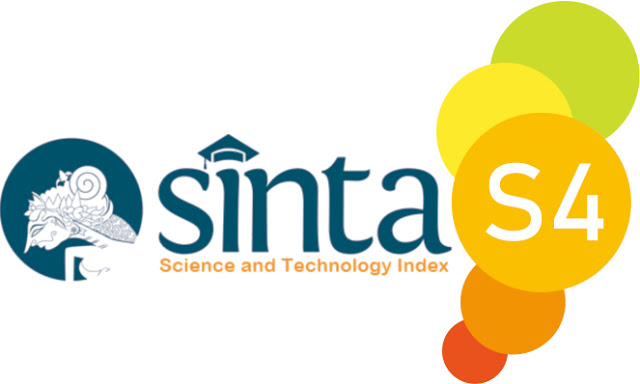PENGEMBANGAN KELAS BILINGUAL SEBAGAI NILAI UNGGULAN SEKOLAH KATOLIK
Abstract
The purpose of this research is to evaluate the efficacy of planning, implementing, supervising, and evaluating bilingual learning grades K-24 at Santa Theresia Catholic Elementary School Surabaya. This study uses a qualitative approach with a case study method. There were 8 research informants, namely teachers of grades K-24 and principals at Santa Theresia Catholic Elementary School Surabaya. Researchers employed documentation, observation, interview, and data triangulation strategies in their data collection. The data analysis techniques used in the Miles and Huberman model are data reduction, data presentation, and conclusions. The results of research through data triangulation show that: 1) Learning planning is an activity that must be designed by every teacher through work meetings, then planning learning bilingually, not forgetting parents in the involvement of learning preparation; 2) Teachers' execution of instruction is modified to align with the RPP model overall, which includes; introduction, core and closing. In the process of bilingual education, most K–24 students speak English fluently. There are obstacles in the bilingual learning process, namely internal factors and external factors; 3) Supervision is conducted to improve the quality of teachers' instruction; 4) Teachers evaluate students in the form of learning processes and learning outcomes. This includes her three domains: the cognitive domain, the psychomotor domain, and the affective domain.
Copyright (c) 2024 Gabriel Natalio Dheo Dactus

This work is licensed under a Creative Commons Attribution-NonCommercial-ShareAlike 4.0 International License.

This work is licensed under a Creative Commons Attribution-NonCommercial-ShareAlike 4.0 International License







.png)




